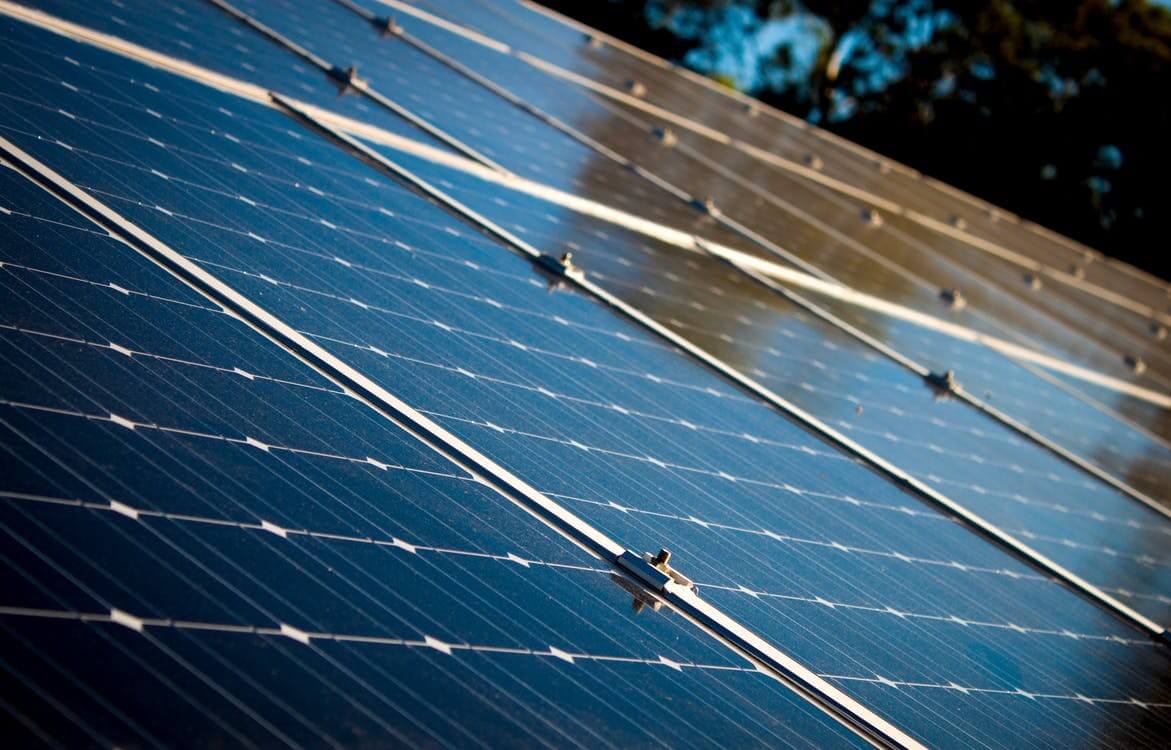Business
3 examples where finance got in the way of energy retrofitting projects
There are three major examples in recent practice in the field of energy retrofitting where the nefarious role of finance becomes clear.

Finance is very important in energy retrofitting, but finance can also get in the way of wealth building if it is not used right, and adding value to the property is the only viable decision criteria to use for energy retrofitting. Financiers must look after their own interests, and property owners often overlook the importance of finance and how it can get in the way. This is why it is important to look at projects first without financing before you examine them with financing.
There are three major examples in recent practice in the field of energy retrofitting where the nefarious role of finance becomes clear, but before I cite them, I want to emphasize one more time the old saw: advantageous financing can only make a good project better, it can never make a bad project good. That is really finance 101, and it is mostly ignored by property owners at their own risk and peril.
1. PACE financing. PACE stands for Property Assessed Clean Energy (finance), and it was developed as a way to make deep retrofits easier to finance, but, as so often happens, there were unintended consequences and abuses. Recently, the city of Bakersfield, CA terminated PACE programs because of those abuses. The problems cited were two-fold: home owners sold bad projects that were made to seem attractive because of the finance, but did not work out. That is the worst abuse. The second issue is that home sales in some cases are more difficult because of PACE loans since it has a first lien. Both of these abuses would be largely avoided if a rational project assessment were done comparing all reasonable alternatives, and evaluating the economics first and only looking at the financing only based on which project made the most economic sense (had the highest positive NPV and therefore added the most value to the property).

Advantageous financing can only make a good project better, it can never make a bad project good. (Source)
2. Solar PPAs and Leases (by companies like SolarCity, Vivint Solar, and others). Another example of a good idea gone bad. Once the Investment Tax Credit was made assignable, the tax equity investors set the agenda, and the home owners, the ostensible customers, became merely a necessary evil to sell more tax credits. The solar PV companies became the “easy loan finance company” of today, and the abuses just as bad as in the subprime mortgage scandal, only most clients were actually prime customers, but they were sold a subprime financing. The trick on the customers was just to stretch the financing so the payments were less than the monthly electric bill – twenty-year financing will do that. That left enough fat to give the tax equity investors a good return. Who cares if it makes any sense for the home owner – you can afford the payments after all? But then comes the day they have to sell before the PPA or lease runs out, and the buyer balks at taking over the remaining years of payments on a solar panel that is now starting to become obsolete, and the options were either buy out the lease or PPA, or take a discount on the property to induce the buyer to assume the liability. And the answer is: IF a proper NPV analysis were done, half the solar panels would never have been installed. It is critical property owners do serious assessments of these decisions.
3. Financing tends to want over-collateralization, a pure CYA tactic of the bankers, and financing tends to push for the shortest payback projects first, which can compromise the property by cherry picking the projects with the shortest payback, and avoiding some projects that would have added more value. I will return to this problem more in-depth.
—
DISCLAIMER: This article expresses my own ideas and opinions. Any information I have shared are from sources that I believe to be reliable and accurate. I did not receive any financial compensation in writing this post, nor do I own any shares in any company I’ve mentioned. I encourage any reader to do their own diligent research first before making any investment decisions.

-

 Biotech2 weeks ago
Biotech2 weeks agoNurExone’s Exosome Platform Gains Global Spotlight with Dual 2025 Award Nominations
-

 Business3 days ago
Business3 days agoThe TopRanked.io Weekly Digest: What’s Hot in Affiliate Marketing [K4G Affiliates Review]
-

 Business1 week ago
Business1 week agoThe TopRanked.io Weekly Digest: What’s Hot in Affiliate Marketing [PureVPN Affiliate Program Review]
-

 Crypto5 days ago
Crypto5 days agoXRP Poised for a Breakout: Why 2026 Could Finally Deliver the Growth 2025 Delayed

























You must be logged in to post a comment Login